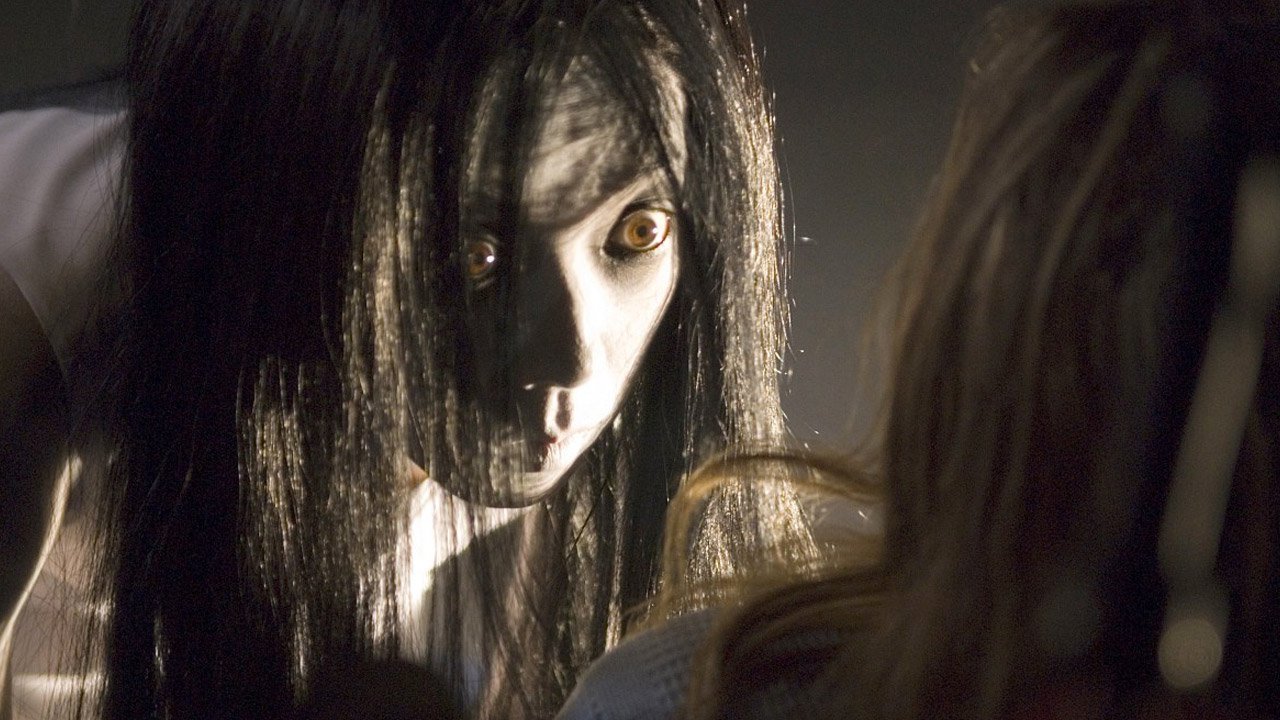
when Horror Yearbook – Cheonyeo Gwisin is one of Korea’s most haunting and tragic legends. The ghost often appears as a young woman wearing a white hanbok, her long black hair flowing. She is said to be the spirit of a woman who died unmarried or faced tragic love. This figure holds a significant place in Korean folklore, representing sorrow and unresolved emotions. Many Koreans recognize her story from traditional tales, movies, and ghost stories passed down generations.
Cheonyeo Gwisin’s story originates from the Confucian values of traditional Korean society. Women who died unmarried were believed to be trapped in limbo, unable to find peace. Her signature appearance includes a white hanbok, symbolizing death and mourning in Korea. The long black hair often hides her face or flows wildly, adding to her eerie presence. In some stories, she is described as silent, while in others, she wails to express her sorrow. She usually haunts places like abandoned houses, mountains, or near water sources. These locations reflect her isolation and the loneliness she endured in life. Many believe her presence warns of unresolved grief or impending misfortune.
“Read about: The Legend of Tengu: Guardians of the Forest and Mountain Spirits”
Cheonyeo Gwisin symbolizes the pain of lost love and social pressures on women. Her legend reflects historical gender roles and the consequences of societal expectations. In modern Korea, her image is used in films, TV shows, and literature to evoke fear and empathy. The ghost also serves as a reminder of past cultural values that have evolved over time. Some believe encountering her spirit can lead to personal reflection or healing. Her story inspires discussions on mental health and emotional struggles related to loneliness. Artists and writers use Cheonyeo Gwisin to explore themes of isolation and heartbreak. Despite her fearsome reputation, she remains a deeply human figure in Korean culture.
Numerous tales tell of people encountering Cheonyeo Gwisin in various regions. One famous story involves a traveler who met her on a mountain path at night. She appeared silently, her white dress glowing under the moonlight. The traveler escaped but said he felt profound sadness from the encounter. In another tale, a village reported hearing a woman’s cries near an old well. Locals believe the spirit mourns a lost love or broken promise. These stories keep her legend alive and connect people to Korea’s spiritual past. Tourists sometimes visit sites linked to her, hoping to glimpse the ghost or feel her presence.
“Read more: Portable Muscle Stimulators: Boost Recovery and Ease Soreness Anytime”
Cheonyeo Gwisin has inspired many horror stories and movies in Korea. Her image often embodies fear of the unknown and unresolved emotional trauma. Horror films use her character to explore themes of death, loss, and vengeance. Folklore festivals sometimes include reenactments of her story to educate and entertain. Her haunting figure is a popular motif during Korea’s traditional ghost month, Baekjung. She is also used in warnings against breaking social or moral rules in old times. Despite her eerie nature, Cheonyeo Gwisin remains a symbol of tragic beauty. Her presence bridges Korea’s past traditions and contemporary culture.